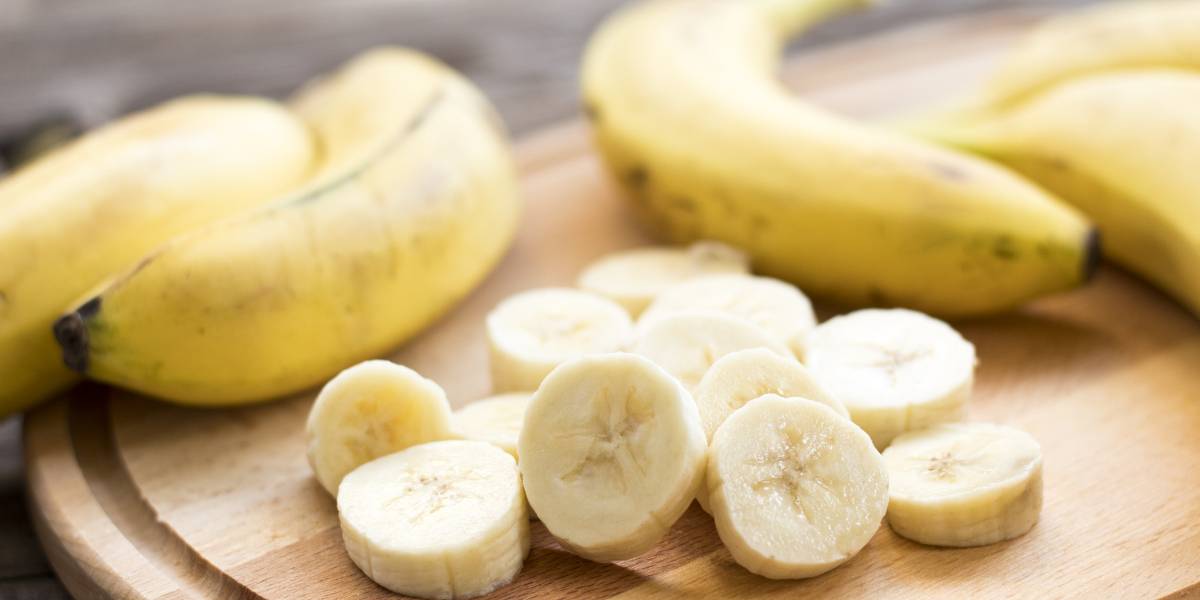The flavanol levels in fruit smoothies are lower when bananas are used, latest evidence has revealed.
New research has identified certain ingredients that make smoothies more nutritional, such as fruits with a high flavanol level.
During the study, the team of academics looked at how flavanols were affected by different levels of polyphenol oxidase (PPO) – an enzyme in many fruits and vegetables.
Flavanols are natural compounds found in foods and drinks that are beneficial for your cognitive and cardiovascular health.
- Colourful fruit and vegetables boost eye and brain health
- Some soft drinks and fruit juices contain alarming levels of toxic metals
They are commonly found in some of the key ingredients for smoothies, such as cocoa, pears, blackberries, blueberries, grapes and apples.
Primary author Javier Ottaviani said: “We sought to understand, on a very practical level, how a common food and food preparation like a banana-based smoothie could affect the availability of flavanols to be absorbed after intake.”
As part of the investigation, the researchers examined how fruits containing a high activity of PPO affected the flavanol levels available to the body.
Individuals who took part in the study had to drink smoothies made with bananas and smoothies made with mixed berries. Some participants were instructed to take a flavanol capsule as a control.
Typically, bananas have naturally high PPO activity, whereas mixed berries are known to have low PPO activity, the report has revealed.
The results show that the flavanols in the participants who drank the banana smoothie were 84% lower compared to the control.
Javier said: “We were really surprised to see how quickly adding a single banana decreased the level of flavanols in the smoothie and the levels of flavanol absorbed in the body.
“This highlights how food preparation and combinations can affect the absorption of dietary compounds in foods.”
According to the Academy of Nutrition and Dietetics, 400 to 600 milligrams of flavanols should be consumed every day in order to have good cardiometabolic health.
“People who are trying to consume flavanols should consider preparing smoothies by combining flavanol-rich fruits like berries with other ingredients that also have a low PPO activity like pineapple, oranges, mango or yogurt,” said Javier.
He added: “Bananas remain a great fruit to be eaten or consumed in smoothies. For those who want to consume smoothies with bananas, or other high PPO activity fruits and vegetables such as beet greens, the suggestion is to not combine them with flavanol-rich fruits such as berries, grapes and cocoa.
“This is certainly an area that deserves more attention in the field of polyphenols and bioactive compounds in general.”
These findings have been published in the Royal Society of Chemistry’s journal Food and Function.



